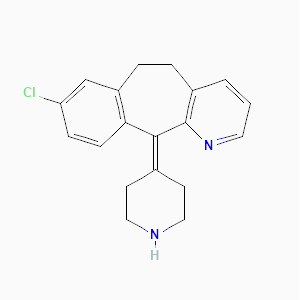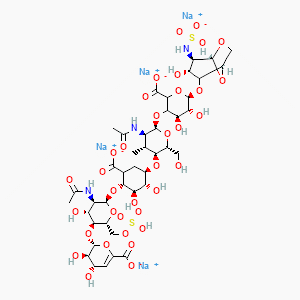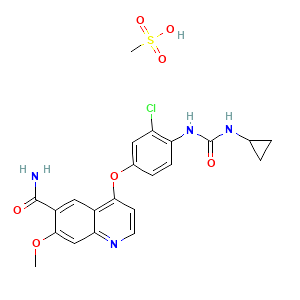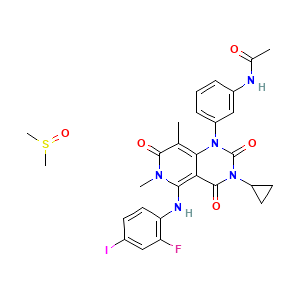Mechanism Of Action:
- Voriconazole is a triazole antifungal agent that works by inhibiting the fungal cytochrome P450 enzyme 14-alpha-lanosterol demethylase
- This enzyme is crucial for the conversion of lanosterol to ergosterol, an essential component of the fungal cell membrane
- By blocking this step, voriconazole disrupts the synthesis of ergosterol, leading to increased membrane permeability and ultimately causing the death of the fungal cell
- This mechanism makes voriconazole effective against a wide range of fungal infections, including those caused by Aspergillus and Candida species.
Indications
Invasive Aspergillosis: Treats serious fungal infections caused by Aspergillus species, often starting in the lungs and spreading to other organs1.
Candidemia: Used for fungal infections in the blood, particularly in non-neutropenic patients (those with normal levels of neutrophils, a type of white blood cell).
Esophageal Candidiasis: Treats yeast infections in the esophagus, which can cause white patches and discomfort2.
Serious Fungal Infections: Effective against infections caused by Fusarium species and Scedosporium apiospermum, especially in patients who do not respond to other treatments.





